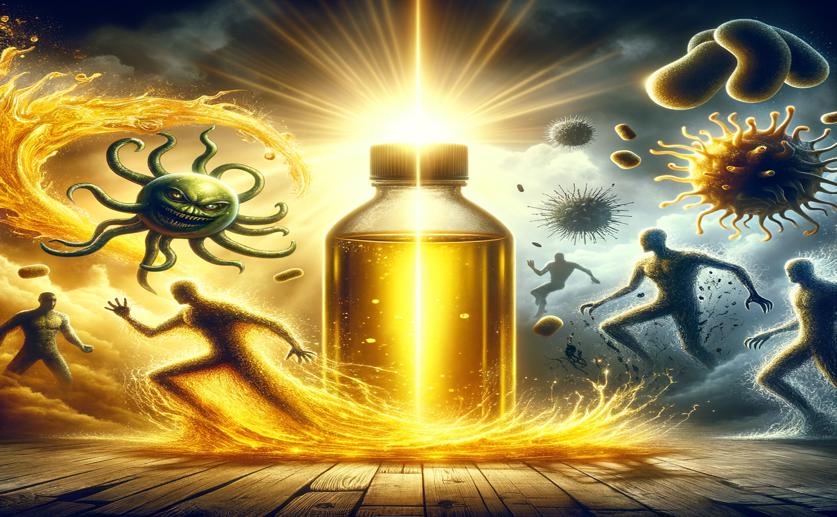
How Oregano Oil Fights Harmful Bacteria and Their Toxins
Jenn Hoskins
19th July, 2024

Image Source: Natural Science News, 2024
Key Findings
- Researchers at Northwest A&F University found that oregano essential oil (OEO) effectively reduces Listeria monocytogenes in food processing environments
- OEO significantly lowers bacterial counts and biofilm formation, making it easier to eradicate L. monocytogenes from surfaces
- OEO also decreases the hemolytic activity of L. monocytogenes, reducing the risk of human infections
References
Main Study
1) Inhibitory effect and mechanism of oregano essential oil on Listeria monocytogenes cells, toxins and biofilms.
Published 16th July, 2024
https://doi.org/10.1016/j.micpath.2024.106801
Related Studies
2) Efficacy of disinfectant and bacteriophage mixture against planktonic and biofilm state of Listeria monocytogenes to control in the food industry.
3) Control of Growth and Persistence of Listeria monocytogenes and β-Lactam-Resistant Escherichia coli by Thymol in Food Processing Settings.
4) Eugenol Provokes ROS-Mediated Membrane Damage-Associated Antibacterial Activity Against Clinically Isolated Multidrug-Resistant Staphylococcus aureus Strains.
5) Morphological changes in Listeria monocytogenes subjected to sublethal alkaline stress.
Journal: International journal of food microbiology, Issue: Vol 120, Issue 3, Dec 2007



 12th July, 2024 | Jenn Hoskins
12th July, 2024 | Jenn Hoskins